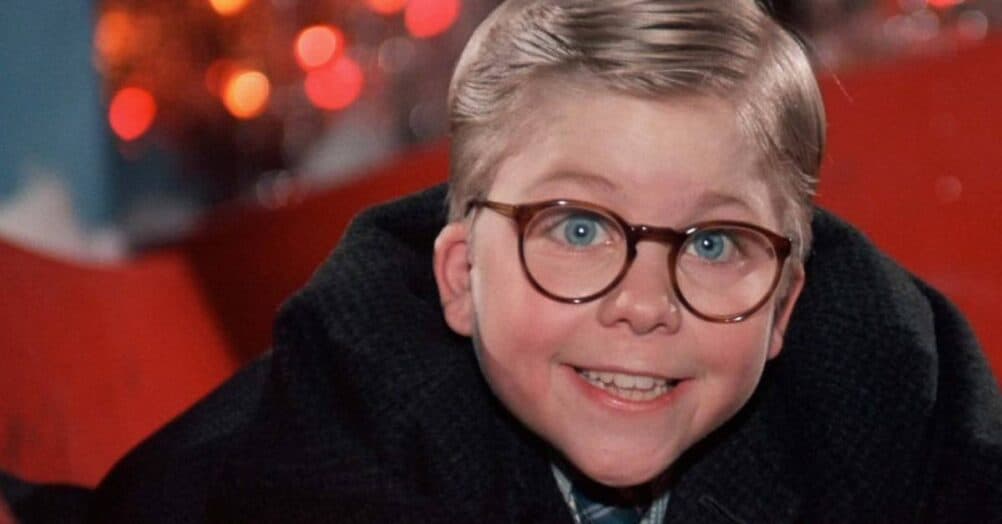Last Updated on August 2, 2021

PLOT: The breakup of a marriage as seen through both perspectives, HIM (James McAvoy) and HER (Jessica Chastain).
REVIEW: THE DISAPPEARANCE OF ELEANOR RIGBY is one of the most ambitious pieces of work to hit TIFF this year in that it’s actually two full-fledged films in one. Imagine this as sort of an art-house GRINDHOUSE, with it being two ninety minute films packaged together as one three hour double feature, each sharing the same cast, but told through different perspectives.

The first film, HIM, follows the male half of our star couple, Conor (James McAvoy) as he recovers from his wife Eleanor’s (Jessica Chastain) sudden decision to leave him and start her life over after the death of their child. He struggles to make sense of her decision, which comes out of the blue (in his version anyway), focusing his efforts on somehow winning her back, while simultaneously letting his struggling restaurant, which he runs with his best friend (Bill Hader) fall to pieces.
Throughout McAvoy’s part of the movie, Chastain’s Eleanor is an aloof figure, with her all but vanishing from their New York neighborhood, only to pop up here and there to confuse him about whether or not their marriage is actually over. McAvoy’s part of the film is angrier, and harder edged as we see him desperately try to keep both his business and his life from hitting the skids, eventually turning to his long absent celebrity restaurateur father (Ciaran Hinds) for guidance. On its own, it’s an absorbing tale of loss, with him grieving for their marriage at least as much as he grieves for their dead son, and it’s an intriguing look into the mindset of the abandoned partner.
On its own though, it seems like a pretty two dimensional view of the dissolution of a relationship, but writer-director Ned Benson’s vision really only comes into focus once HER begins. It tells the parallel story of where Eleanor went during her disappearance, following her back to her parents’ (William Hurt & Isabelle Huppert) family home in the suburbs, where she tries to find meaning in her life after the death of her child. Her grief is more upfront and weighted towards the death of their child than Conor’s is, and if she came off as flighty in the first film, here we finally start to understand her motivations.
The really interesting thing about ELEANOR RIGBY is that Benson often restages the same scene in each version, with the emphasis being shifted between the characters, or some dialogue being changed, with each remembering it a different way. For instance, in one version, Conor admits to an affair, while in the other, Eleanor is able to figure it out on her own.
This tool is intriguing, although after having sat through all three hours plus of these two movies, I couldn’t help but wonder whether it would be just as effective if each story only ran one hour as opposed to ninety minutes. If Benson’s serious about the apparent plan to release them separately, I’m not at all sure the movie will work, as to me it felt like it can only play as a single film. Divided up, you’d never be satisfied just watching one part, as you’re only getting half the story.
Whichever way it comes out though, it can’t be denied that the acting in both films is superlative. McAvoy’s romanticism, mixed with anger at the relationship falling apart is among his best work, and he makes for a likable lead, despite his character’s stubbornness. In his half of the film, Bill Hader from SNL provides some much-needed comic relief, while Ciaran Hinds is flat-out amazing as McAvoy’s aging hipster father.
It can help but feel- however- that Benson saves the best for last, with most of the film’s most memorable sequences coming in the Chastain-focused HER section. I hear the part was written for her, and it shows. She has an ethereal quality that works beautifully for the character, even if she occasionally seems a little flighty and spoiled by her devoted parents, who are well-played by Hurt and Huppert. Chastain also gets her own confidant, in Viola Davis as the professor she befriends upon returning to school to finish her degree. Davis is great but the part doesn’t feel like much more than the patented “sassy best pal” part, with her seemingly being around only to help Chastain figure some stuff out, rather than have any issues of her own to overcome. Hader’s part in HIM is more nuanced.
As one long movie, THE DISAPPEARANCE OF ELEANOR RIGBY: HIM AND HER works pretty well, even if the pace can’t help but feel sluggish. If this comes out as one movie (which to me seems the only option) it should be tightened up. If it ends up coming out as two films, I have my doubts as to whether it’ll work, as it really does feel like two parts of one whole, whether than two distinct halves. Either way it’s worth checking out, but I really believe it’s one film and not two, despite what it ends up being sold as.





















Follow the JOBLO MOVIE NETWORK
Follow us on YOUTUBE
Follow ARROW IN THE HEAD
Follow AITH on YOUTUBE